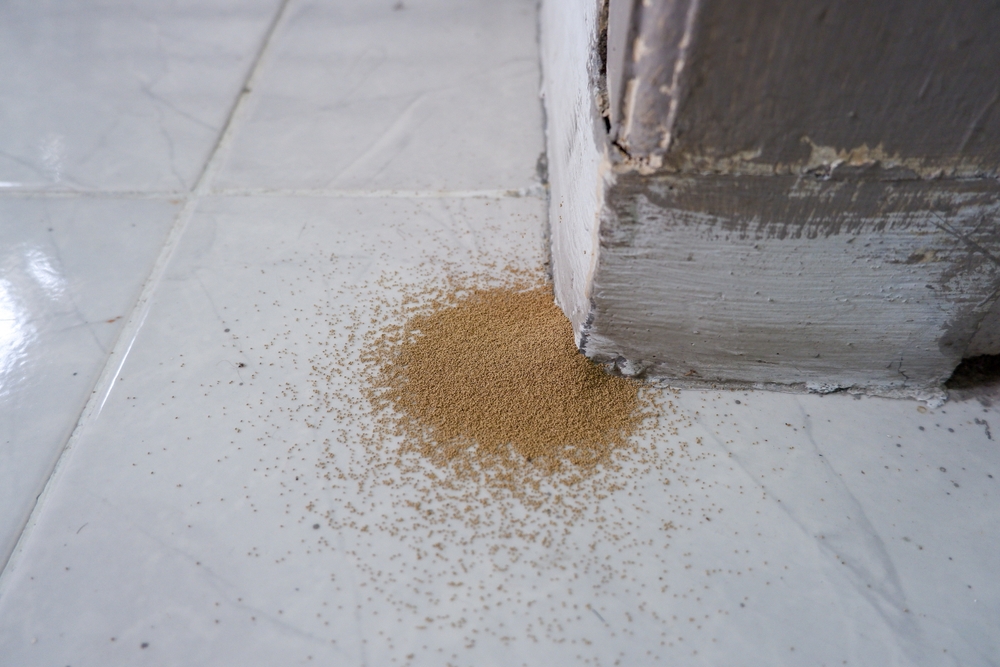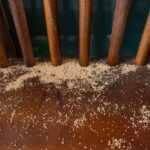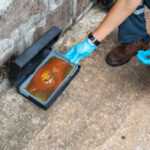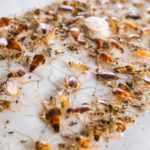Spot Termite Droppings Early: Signs & What to Do Now
Learn how to identify termite droppings and protect your home before damage starts. Easy tips to spot and stop termites fast.
A Guide to Detect and Manage Termite Droppings
Termite droppings, scientifically known as frass, are small, uniform pellets that serve as crucial indicators of termite infestations. These pellets provide clear evidence of wood consumption by termites, posing significant risks of structural damage to your home. This comprehensive guide will help you identify these droppings, understand their significance, and outline the essential steps to manage and eliminate termite infestations effectively.
What Are Termite Droppings?
Termite droppings, or frass, are vital signs of infestation, characterized by their oval shape and uniform appearance. These small, oval pellets measure approximately 0.04 inches long with six concave sides and rounded ends. Their color varies depending on the type of wood consumed, ranging from light beige to dark brown or black. Unlike sawdust, these droppings have a smooth, compact texture, which helps distinguish them from other wood debris.
Identifying Termite Droppings
These droppings may resemble sawdust at first glance but have a smooth, uniform texture that distinguishes them. Drywood termite frass typically accumulates near kick-out holes or damaged wood and is easily visible. In contrast, subterranean termite droppings are often less noticeable, making detection more challenging. Conducting a thorough search in common termite-prone areas such as baseboards, window sills, and wooden furniture can help you locate these pellets early.
Why Termite Droppings Matter
Finding these pellets is a critical warning of active termite infestation. Their presence confirms termite activity consuming wooden structures, which can lead to severe structural damage if untreated. Droppings often collect near kick-out holes, nests, and damaged wood, helping pinpoint infestation sources and severity. Regular inspections for frass provide valuable insights into infestation size, guiding effective pest control strategies. Ignoring these signs can result in costly repairs and compromised safety. Early detection and intervention protect your home’s integrity and your family’s well-being.
Health Risks Associated with Termite Droppings
These droppings contain allergens that can trigger respiratory issues and allergic reactions, especially in sensitive individuals. Exposure may cause symptoms similar to dust mite allergies, including sneezing, coughing, and shortness of breath. People with asthma might experience worsened symptoms such as wheezing and breathing difficulties when exposed to termite allergens. Prolonged exposure may lead to chronic sinusitis and aggravated asthma, underscoring the importance of prompt termite control. Skin contact can also cause allergic reactions like itching and rashes, highlighting the need for careful handling and thorough cleaning.
What to Do When You Find Termite Droppings
If you discover these pellets, take immediate action:
- Inspect the Area: Look for additional signs such as damaged wood, mud tubes, and discarded wings to assess the infestation’s extent.
- Contact Professionals: Reach out to a reputable pest control service like Responsible Pest & Scorpion Control for expert evaluation and treatment.
- Avoid Disturbing the Area: Do not disturb the droppings or surrounding areas, as this may cause termites to spread deeper into your home.
- Document Evidence: Record all signs of infestation to assist professionals in planning effective treatment.
- Search for Hidden Infestations: Since these pellets may not always be visible, especially with subterranean termites, regularly search areas where wood contacts soil or where moisture exists, as these are common termite entry points.
DIY vs. Professional Pest Control for Termites
While DIY termite control methods may seem cost-effective, they often fall short in addressing extensive infestations. Professional services utilize advanced termiticides undetectable to termites, ensuring complete colony elimination. This expertise allows for tailored treatments based on termite species, resulting in precise and thorough eradication. Additionally, professional pest control offers guarantees through AZ Bug Doctors and follow-up services, providing homeowners with peace of mind and long-term protection. DIY methods may lack the right to use certain effective pesticides, limiting their efficacy and safety.
Preventing Future Termite Infestations
Prevention is key to avoiding future termite problems:
- Control Moisture: Eliminate excess moisture around your home by fixing leaks, improving ventilation, and removing standing water.
- Regular Inspections: Routinely check foundations for mud tubes, damaged wood, and droppings.
- Proper Wood Storage: Store firewood at least 20 feet away from your home and maintain an 18-inch clearance between wooden structures and soil.
- Seal Entry Points: Repair cracks and gaps in your home’s foundation and walls to block termite entry.
- Maintain Landscaping: Keep plants and mulch away from the foundation to reduce termite habitat.
These measures create an environment less attractive to termites and safeguard your property.
Frequently Asked Questions
How can I identify termite droppings?
They are small, oval pellets about 0.04 inches long with six concave sides and rounded ends, varying in color from light beige to black and having a smooth texture.
Why is finding these pellets significant?
Their presence indicates active termite infestation that can cause serious structural damage if untreated.
What health risks do termite droppings pose?
They contain allergens that may trigger respiratory and allergic reactions, especially in sensitive individuals.
What should I do if I find termite droppings?
Contact a professional pest control service promptly and avoid disturbing the affected area.
How effective is Responsible Pest & Scorpion Control in termite treatment?
They have a proven track record of significantly reducing termite activity through expert, comprehensive treatments. Some people consider alternative DIY methods such as spreading powder around the house for pest control, which may not be effective or safe.
What should I do if I am blocked from accessing a pest control website?
Sometimes, you may be blocked from accessing a website due to security measures like firewalls or security services. This can result in an error page. If you encounter a blocked page, contact the website owner or support and provide details such as the error message or page information to help resolve the issue.



